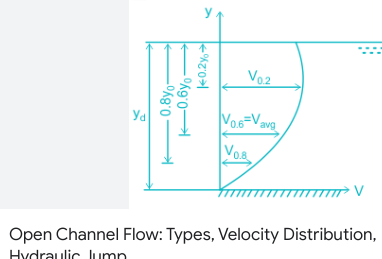Mataji
Active member
In various discussions about river flow I have read claims that the river can be flowing much faster below the surface than at the surface. Is there any truth in this and any real evidence? I would have thought that there would be more resistance below the surface, from the river bed and sides than from the air at the surface, and therefore the flow would be faster on the surface.




